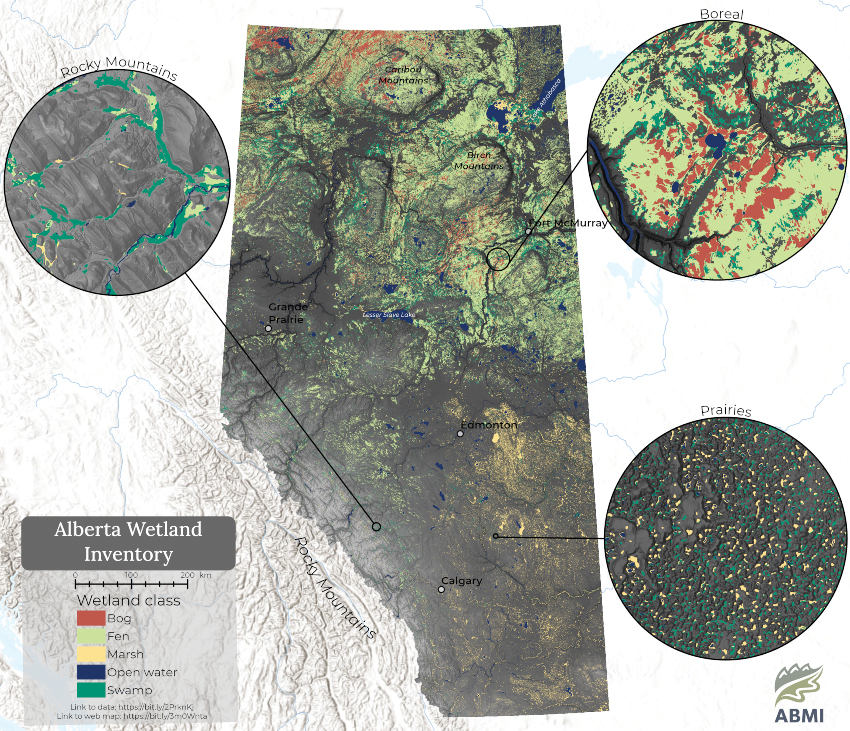BETTER LATE THAN NEVER
BY ALYSSA MISTELBACHER
No one ever said farming was going to be easy. Every crop year has its obstacles, and in 2019/20, the biggest challenge is that a significant portion of the crop was left to overwinter. This is estimated to be between five and 15 per cent of total western Canadian acres. Farm economics dictate that every acre that can be harvested should be harvested to ensure financial wellbeing. Assuming that all unharvested acres will be harvested, here are some things to keep in mind.
First, some crops fair better overwintering than others. Some can maintain both quality and yield potential, while others suffer major losses on both fronts. Corn, sunflowers and flax can remain in the fields through winter and into the spring and still meet buyers’ quality specifications. Crops such as wheat, canola and specialty crops are more vulnerable where quality outcomes are less predictable. Thus, your course of action depends on which crops you have left in the field when spring breaks.
Second, there should be an expectation that quality will be highly variable. The mild start to the winter most likely didn’t help preserve crop quality. And in terms of quality, a mature plant will fair better with snow cover and cold temperatures. Across much of the Prairies, snowpack has been highly variable. There have also been several shifts in temperature that increased the potential for quality degradation. Crops that suffer a downgrade are less likely to maintain milling quality, bumping them into the feed category.
In times of relative abundance, grain buyers can adhere to stricter quality guidelines. A higher variability in grain quality brought about by spring harvest has the potential to create widespread disputes over final grain quality. There are various private agencies farmers can contact to have their grain sampled. Obtaining independent grading for spring harvested crops could help ease the tension of negotiating with grain buyers.
This spring, there is likely to be an abundance of feedstuffs across the Prairies, and buyers use any ammunition they have at their disposal to discount crop purchases. Grain harvested in spring will be subject to moisture discounts and other quality parameters. In prior years, buyers have even rejected spring harvested crops, such as canola. Whether they do this or not probably depends on the overall marketing environment. If there is a strong demand for canola, additional late-harvested production could be welcome. But if marketing conditions are less beneficial, buyers may elect to scrutinize spring harvested production in a more significant manner.
Demand for feed grains is strong this winter, and buyers appear keen to work with crops that exhibit varying attributes. Finding a home for off-grade grains won’t necessarily be difficult, but the prices offered may vary from buyer to buyer. Understanding your crop quality will be key, and having your grains independently graded will be useful, providing leverage in dealing with buyers. Knowing what you have in terms of quality will be an advantage when you’re setting out to market your spring harvested crop.
Alyssa Mistelbacher is a market analyst with FarmLink Marketing Solutions.
LOOKING FOR GRAIN PRICING INFORMATION?
For timely, accurate, transparent cash grain price information visit pdqinfo.ca.







Comments